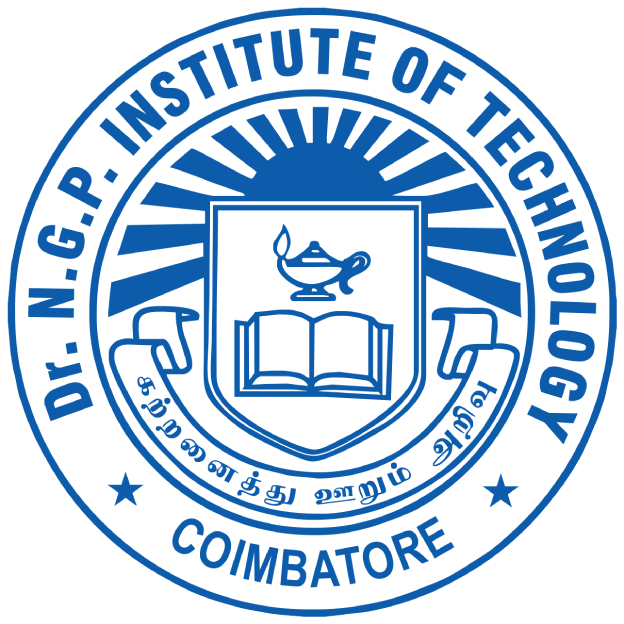Objective
- To describe the operating principles of a wide range of Biomedical equipment.
- To assess possible hazards associated with the use and maintenance of Biomedical equipment and describe measures for minimizing such risks.
- To understand the knowledge and skills required to interpret the regulatory requirements related to safety of medical devices
- To provide the underpinning knowledge required in order to safely and competently undertaking servicing activities on a range of medical equipment and to provide practical experience of direct relevance to the servicing of equipment.
Outcome
- At the Centre for Medical Equipment and Systems, our approach to training is “learning through doing”. The training sessions will be highly interactive and based on real problems and scenarios with the medical devices.
- Three different levels of courses have been designed, related to the safety, servicing and testing of a range of Biomedical equipment including: electro-cardiovascular, ventilation, anesthesia and dental.
Why we use these types of Learning Styles
Approximately 20 to 30 percent of the population remembers what is heard; 40 percent recalls well visually the things that are seen or read; many must write or use their fingers in some manipulative way to help them remember basic facts; other people cannot internalize information or skills unless they use them in real-life activities such as actually writing a letter to learn the correct format.
Auditory Learners – How and Why!
Auditory learners tend to benefit most from traditional teaching techniques. Many teachers use a lecture-style forum, presenting information by talking to their students. Regulating voice tone, inflection, and body language will help all students maintain interest and attention. Auditory learners succeed when directions are read aloud, speeches are required, or information is presented and requested verbally.
Kinesthetic Learners – How and Why!
Kinesthetic learners are most successful when totally engaged with the learning activity. They acquire information fastest when participating in a science lab, presentation, trip or other active activity. Because of the high numbers of kinesthetic learners, education is shifting toward a more hands-on approach; manipulative and other "props" are incorporated into almost every school subject, from physical education to language arts. Hands-on teaching techniques are gaining recognition because they address the challenging needs of kinesthetic learners, as well as the diverse needs of auditory and visual learners.
Key supporting elements for a professional experience
- To provide students with a good understanding of Biomedical equipment principles, applications and maintenance procedures.
- To provide basic idea of the equipment, operating principle, its specifications and applications.
- To describe the operating principles of a wide range of Biomedical equipment.
- Clear Exposure on the different blocks in equipment, its functionalities and designing, electric and electronic controls.
- Assess possible hazards associated with the use and maintenance of Biomedical equipment and describe measures for minimizing such risks
- Understand the knowledge and skills required to interpret the regulatory requirements related to manufacturing medical devices
- To provide the underpinning knowledge required in order to safely and competently undertaking servicing activities on a range of medical equipment and to provide practical experience of direct relevance to the servicing of equipment.
- To offer a hands-on experience
- To understand the Transition or Evolution of Medical Equipment in hand to hand with technology and its need
- Early info to the learners on Concept – Production – Utilization – Effectiveness – Cause for transition
- Enhanced training on
- Soldering
- DC/AC components in a circuit
- Electrical & Electronic Principles
- Equipment Blocks & Circuitry
- Trouble shooting methods
- Biomedical Equipment Practicum
- Medical Instrumentation Technology


